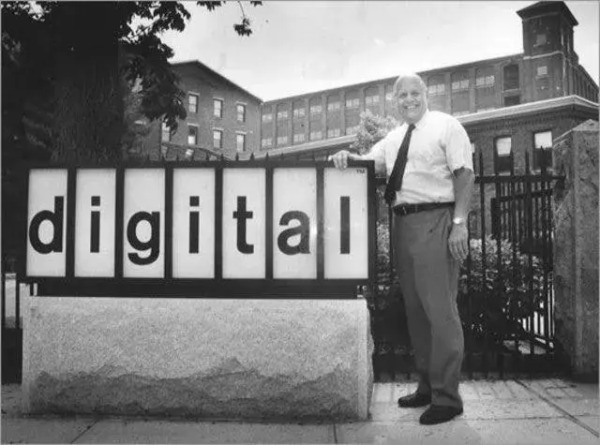Search
Items tagged with: DEC
Work at the Mill
Or, the Story of Digital Equipment Corporation
While MIT approved the project, they didn’t make it easy for him. The school set the terms that he could hire approximately zero people and that he could have approximately zero space. Olsen considered these constraints seriously, but he then realized that these terms weren’t as rigid as one might assume. While he could hire no one, he could have people volunteer to help him, and while he couldn’t have space, he realized that hallways weren’t exactly counted as “space.” He and three others setup in the hall outside of his office and put a few walls around it. After a short time, they traded their makeshift area for a spot in the basement, and they then discovered that part of the Lincoln Laboratory’s basement was unfinished, just a bare dirt floor. Well, Olsen managed to convince someone to pour concrete, another someone to put in a light colored floor, and they painted the concrete masonry walls. They put in enough lighting to make their new location the brightest of any in the lab building.
\
The computer that Olsen and his team built in that basement was the TX-0. It was far smaller than Whirlwind, and it was slightly faster. This machine used a vector display like its larger sibling, but it was a fully transistorized 18bit computer, had a 16bit address range for its core memory, and it could use a light pen. The TX-0 was finished in 1956. Almost immediately, work began on a much larger and more ambitious machine, the TX-2. Olsen was working on the hardware for that, but he became impatient with the team designing the logic. It was in 1957 that he chose to leave. He had some well reasoned confidence in his choice.
...
https://www.abortretry.fail/p/work-at-the-mill

